
Privacy statement: Your privacy is very important to Us. Our company promises not to disclose your personal information to any external company with out your explicit permission.
Products
Model No.: MS-730
Brand: SKYSIL
Place Of Origin: China
Types Of: Carbon Black
Application Field: Coating Auxiliary Agents, Electronics Chemicals, Leather Auxiliary Agents, Paper Chemicals, Petroleum Additives, Plastic Auxiliary Agents, Rubber Auxiliary Agents, Surfactants, Textile Auxiliary Agents, Water Treatment Chemicals
Packaging: 10 kgs/bag, 360 kgs/Pallet, 20 fcl 3.6 Ton With Palletized,
Productivity: 10000 Ton/Year
Transportation: Ocean,Land,Air
Place of Origin: China
Supply Ability: 1000 Ton/Month
Certificate: SGS/ ASTM / ROHS / REACH
HS Code: 2811229000
Port: Guangzhou,Shenzhen,Shanghai
Payment Type: L/C,T/T,D/P,Paypal
Incoterm: FOB,CFR,CIF,EXW


Environmentally friendly, non-toxic, free of heavy metal, extremely easily dispersible, and non-combustible. Resistance
to salt water and spray salt of prepared paint film ranks first among similar products.
The anti-corrosive pigment industry is a sector that produces and supplies pigments that can be used to protect metal
surfaces from corrosion. These pigments are typically added to coatings, paints, and other protective coatings to enhance
their corrosion resistance properties.
The main function of anti-corrosive pigments is to create a barrier between the metal surface and the surrounding environment, preventing the metal from coming into contact with moisture, oxygen, and other corrosive agents. This helps to prolong the
lifespan of metal structures and equipment, reducing maintenance and replacement costs.
Anti-corrosive pigments can be classified into two main categories: inhibitive pigments and barrier pigments.
1. Inhibitive pigments: These pigments work by releasing corrosion inhibitors that form a protective layer on the metal surface.
The inhibitors react with the metal and create a passivation layer, preventing further corrosion.
2. Barrier pigments: These pigments create a physical barrier on the metal surface, preventing corrosive agents from coming into
contact with the metal. They can be in the form of flakes, platelets, or lamellar structures that act as a shield against moisture
and other corrosive substances.
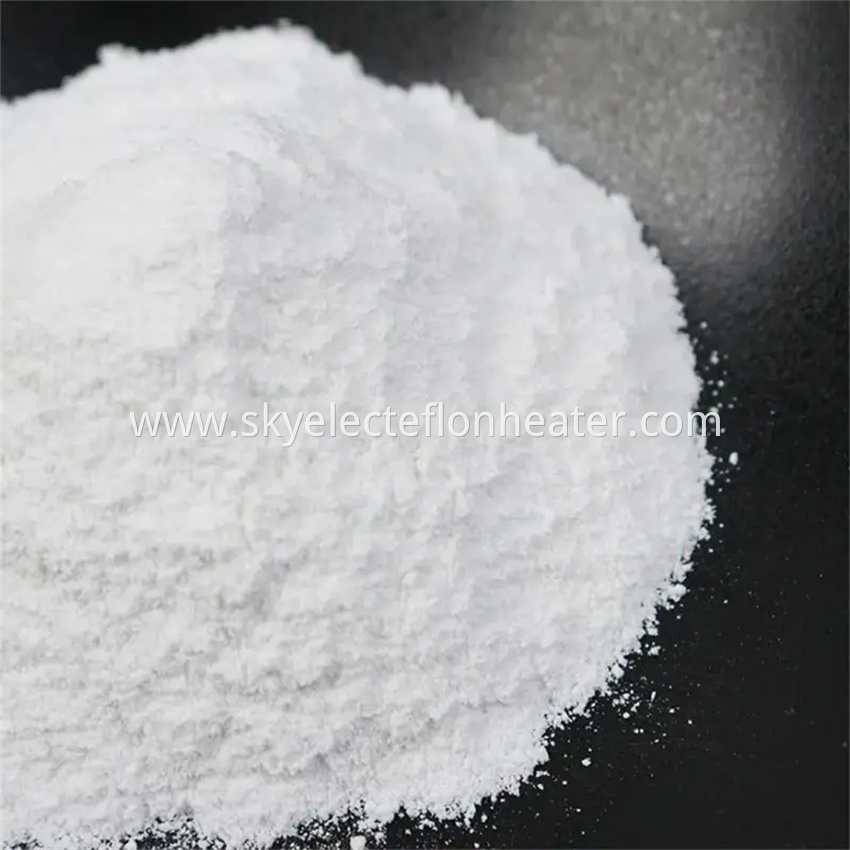
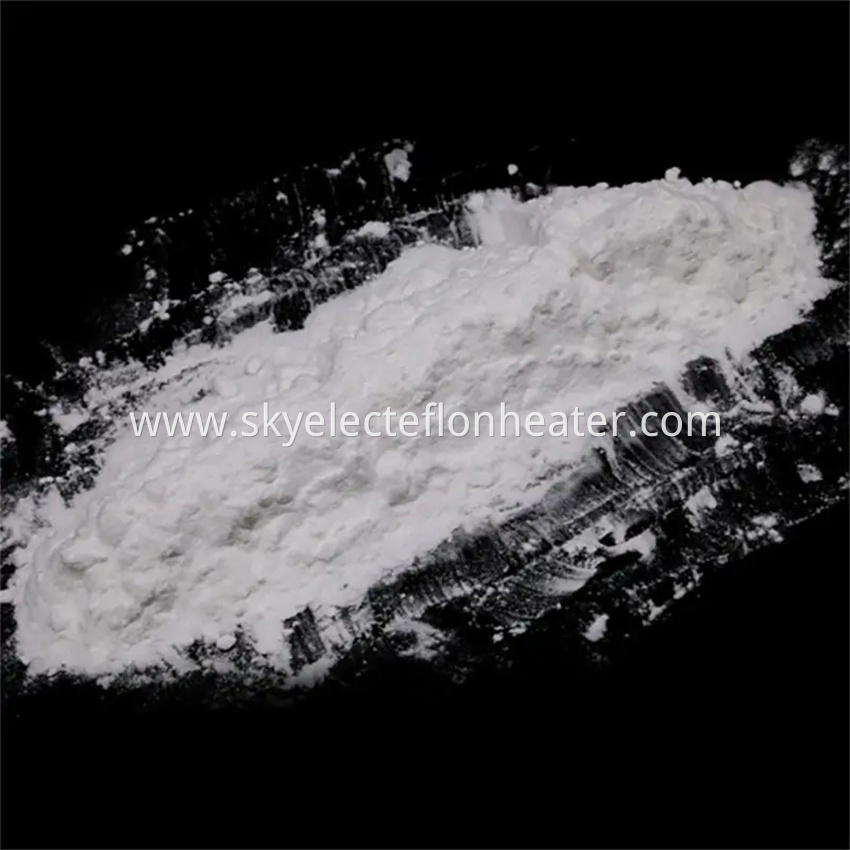
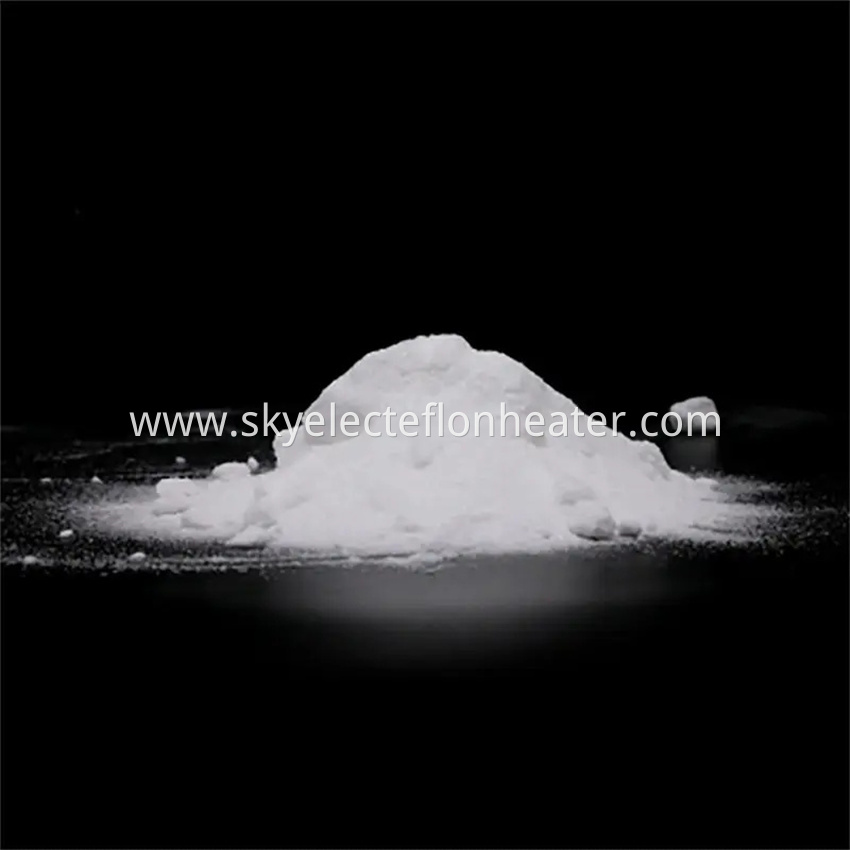

Technical Indexes:
| Items | Specifications |
| SiO2 Content (based on Ignited Substance, %) | 99 |
| Porosity (ml/g)≥ | 0.3-0.5 |
| Oil Absorption (DBP, g/100g) | 70-120 |
| Particle Size Laser diffraction, d50(μm) | 2.7-3.2 |
| Loss on drying (105℃ %≤) | <5 |
| Loss on Ignition (1000℃%≤) | <10 |
| Whiteness %≥ | 95 |
| PH Value (5% in water) | 5.5-7.5 |
Usage: Dispersed and directly blend with base, auxiliary materials, additives and solvents.
Rust-proof Mechanism:
Chemical anti-rust: Modified molybdate and phosphate undergo a complexation reaction with painted surface,
forming insoluble passive film and inhibiting corrosion to metal base such as steels from the environment.
Main Applications:
The product is widely used. Its performance surpasses traditional anti-rust pigments such as zinc molybdate,
aluminum tripolyphosphate, zinc phosphate and calcium hydrophosphate, and is widely applied in such fields as
rolled steels, mechanical and electrical products, steel structure, ships and oil pipelines.
Suggested dosage:
It is suggested to use between 5%~10%.
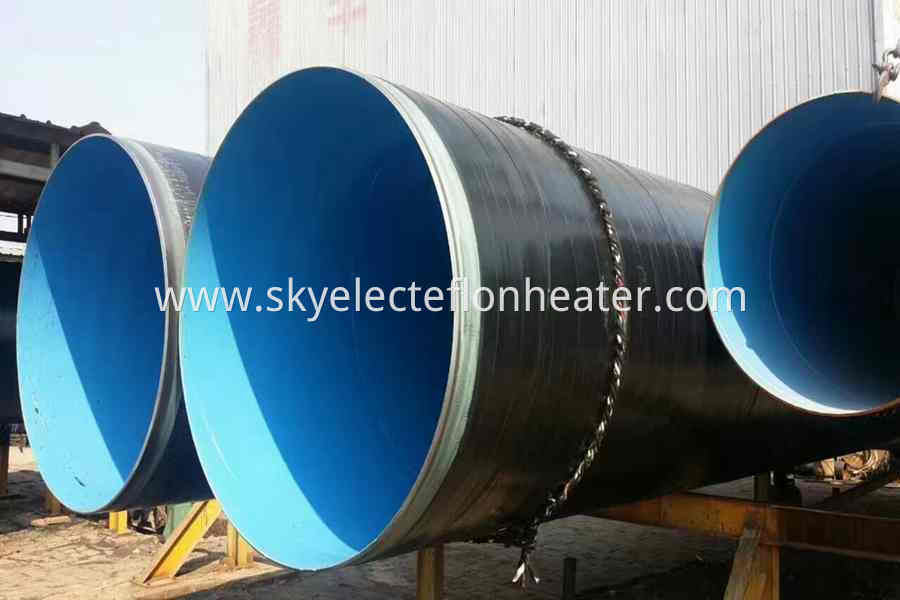

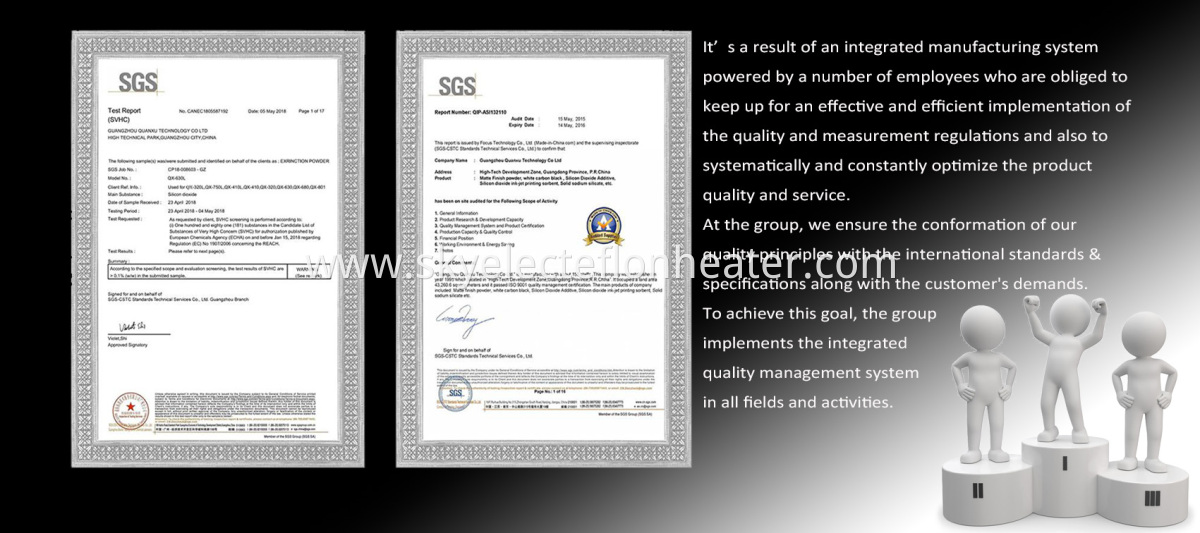

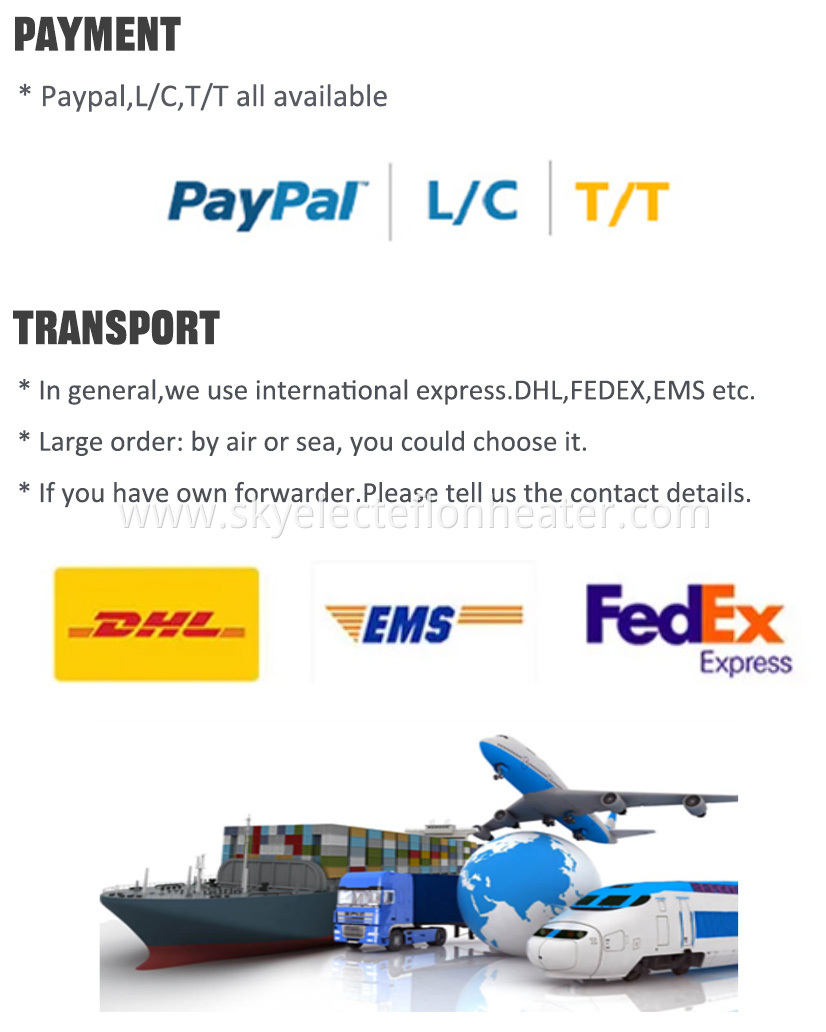

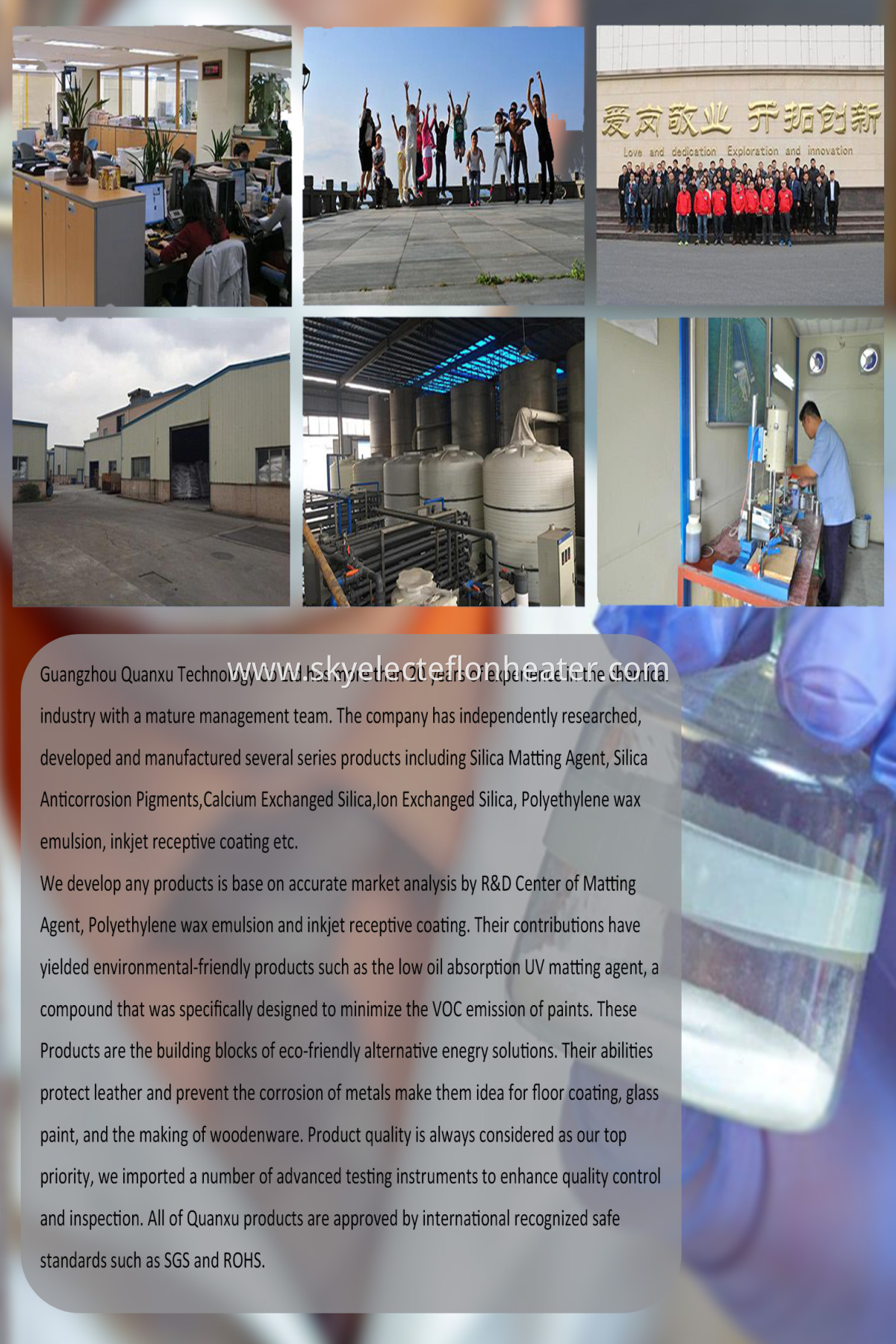
Anticorrosion Pigments,
Inkjet Receptive Coating,
Matting Agent
Product Categories : Anti Corrosive Pigment


Privacy statement: Your privacy is very important to Us. Our company promises not to disclose your personal information to any external company with out your explicit permission.

Fill in more information so that we can get in touch with you faster
Privacy statement: Your privacy is very important to Us. Our company promises not to disclose your personal information to any external company with out your explicit permission.